Discussing the integration of biodiversity impact mitigation in the implementation of management solutions and international standards applied in the model; proposing and recommending relevant management solutions and international standards suitable for the Vietnamese shrimp-forest model" are important contents within the framework of the Workshop "Recommending solutions to promote sustainable shrimp-forest chain in Ca Mau towards international certification and biodiversity conservation", taking place on June 19. The workshop was organized by the Department of Agriculture and Environment of Ca Mau province in coordination with the Department of Fisheries and Fisheries Control. 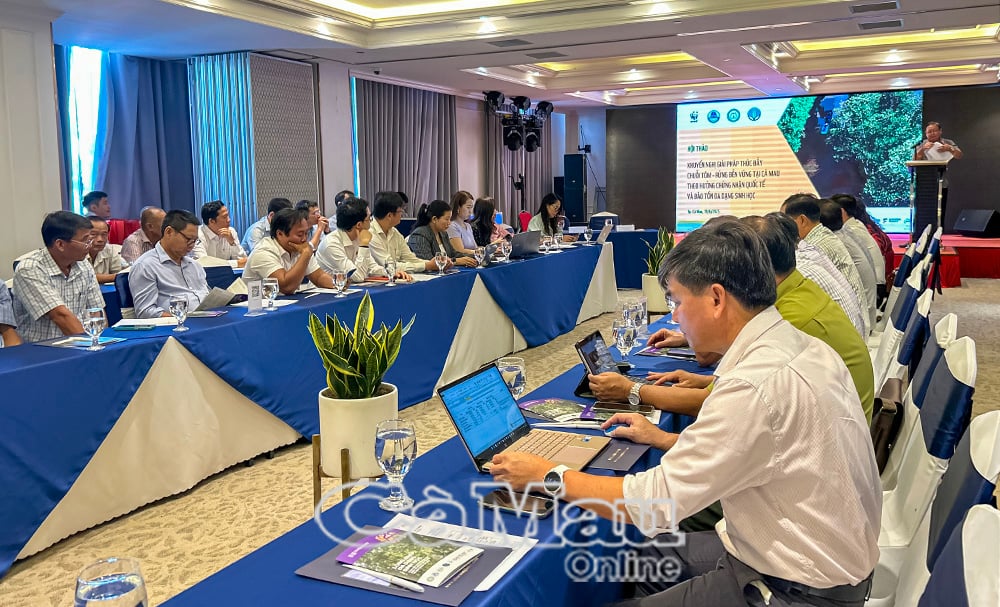
This is a workshop within the framework of the Project "Promoting sustainable forest management and biodiversity in Vietnam". Accordingly, at the workshop, delegates contributed ideas and shared many contents related to the objectives, results, implementation plans, and proposed cooperation plans between projects in the province with the same objectives. The workshop also updated management solutions implemented to promote the sustainable shrimp-forest value chain towards international certification; discussed difficulties, obstacles and proposed solutions to implement management policies in practice, especially Decree 98/2018/ND-CP. The current status of the shrimp-forest value chain, international ecological and sustainable standards that have been practiced and certified in the shrimp-forest model in Ca Mau . Discussed the integration of minimizing impacts on biodiversity in the implementation of management solutions and international standards applied in the model; Propose and recommend relevant management solutions and international standards suitable for the Vietnamese shrimp-forest model.
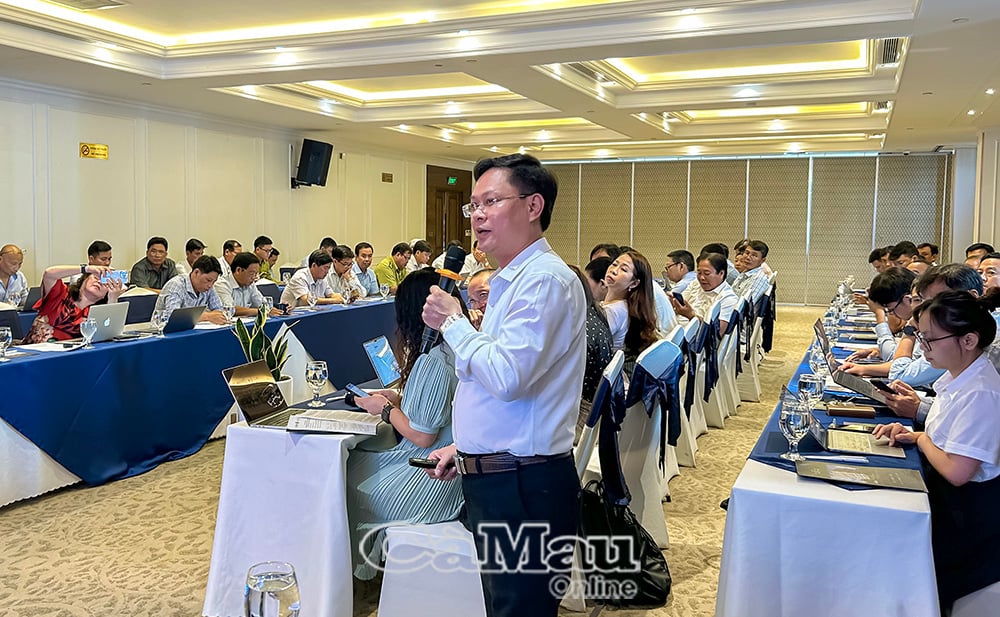
Ca Mau has a diverse and rich ecosystem, and is home to the largest mangrove forest area in the country. To date, Ca Mau province has about 39,500 hectares of shrimp farming under the forest canopy, concentrated in Ngoc Hien district with 22,870 hectares, Nam Can 7,625 hectares, Dam Doi 5,000 hectares and Phu Tan 4,000 hectares. Ca Mau shrimp has been certified by 9 standards: ASC, BAP, EU Organic, Canada Organic, Bio Suisse, Selva Shrimp, Mangrove Shrimp, Naturland, Seafood Watch with a certified area of over 20,000 hectares.
Speaking at the workshop, Mr. Nguyen Van Trung, Deputy Head of the Provincial Department of Fisheries - Animal Husbandry and Veterinary Medicine, said that forests are not only "green lungs" that regulate the climate and protect the coast, but also an important source of livelihood for thousands of households, providing non-timber forest products, aquatic products, and especially a unique tourism ecosystem. However, the exploitation and use of forest resources must be carried out in a sustainable manner, ensuring harmony between economic development and nature conservation. In the context of increasingly complex climate change, the development of a sustainable forest value chain is not only an inevitable trend but also an urgent requirement. This is the key to increasing the value of forest products, improving people's income, and at the same time protecting and sustainably developing forest resources for future generations.
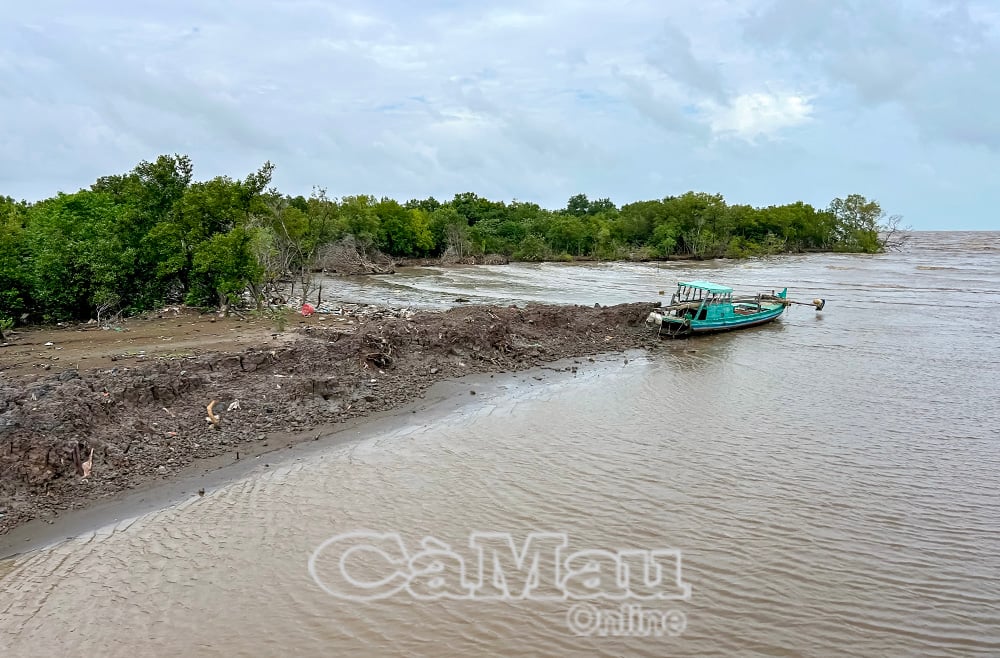
According to Mr. Nguyen Nam Son, Deputy Head of the Forest Development Department, Department of Forestry and Forestry, the Forestry Law has provisions to ensure harmony between the State and the People, that is, harmony between the ratio of forest area and aquaculture area. Currently, about 10% of the population lives by the sea and most of these households are vulnerable groups, their lives are still difficult and they depend heavily on forest resources from the sea. Among the types of forests, mangrove forests have the highest carbon absorption capacity, 4-10 times higher than other types of forests, depending on the density and age of the forest. Currently, according to State regulations, special attention and priority are given to coastal forests. Typically, the Project on protection and development of coastal forests has proposed many solutions to respond to climate change and sustainable development until 2030.
Accordingly, to develop sustainable forests, Mr. Nguyen Phuong Duy, project manager of WWF Vietnam proposed a number of solutions related to technical improvement, diversification of mixed farming objects, control of seed quality density; promote cooperative economy; expand payment for forest environmental services for shrimp-forest farming households; support green credit with priority for forest conservation households; build a sustainable multi-stakeholder cooperation model...
Nguyen Phu – Chi Linh
Source: https://baocamau.vn/long-ghep-bao-ton-da-dang-sinh-hoc-de-giam-thieu-ap-luc-a39698.html











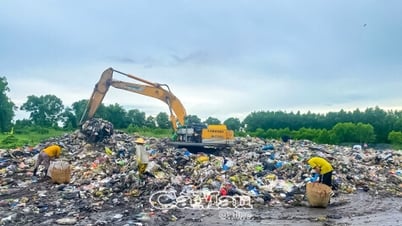
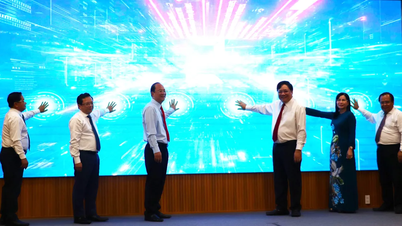


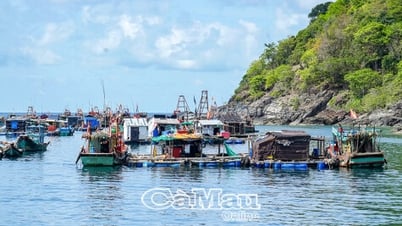




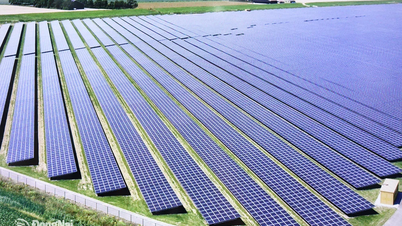

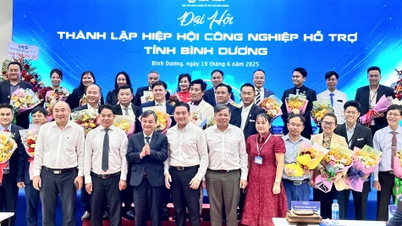



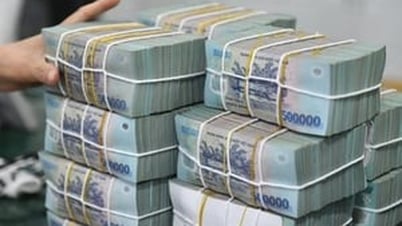






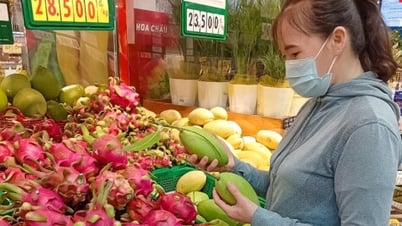
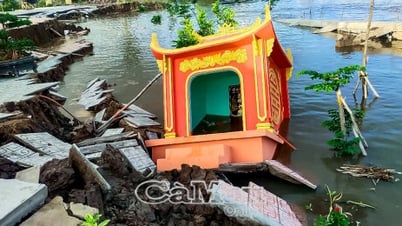
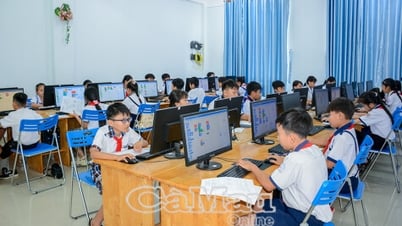
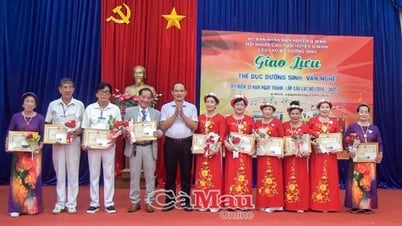
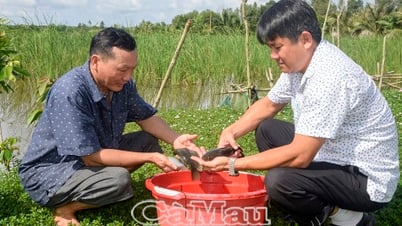


















































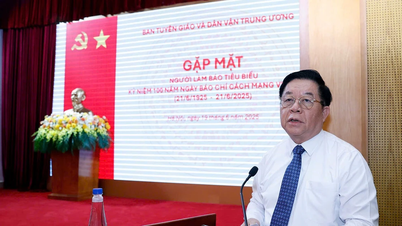

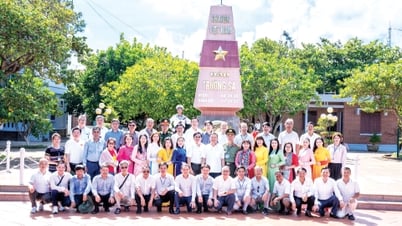



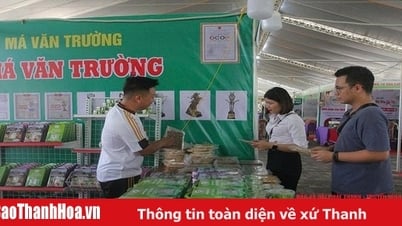















Comment (0)